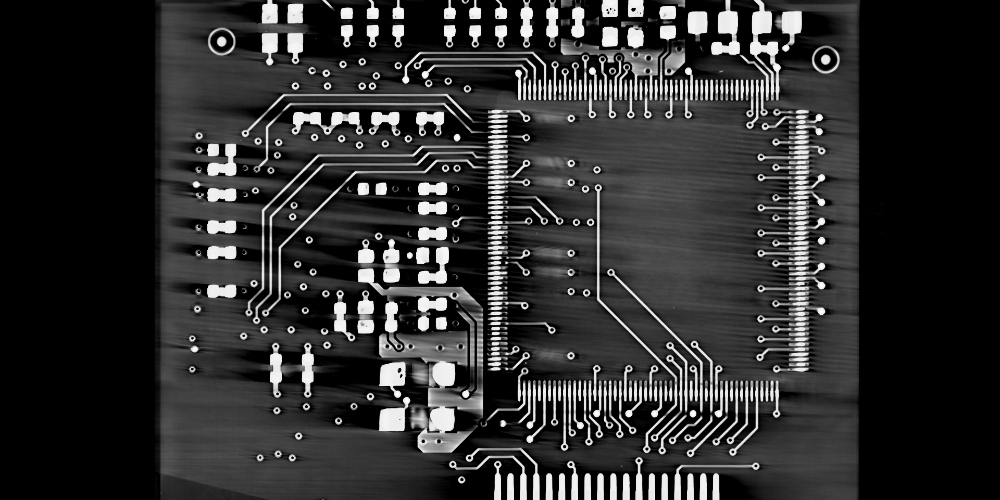PCB copy how to choose the right board, choose PCB board must be in the middle of meeting the design requirements and mass production and cost to strike a balance. Design requirements include both electrical and mechanical components. Usually in the design of very high-speed PCB board (greater than GHz frequency) when the material issues will be more important. For example, now commonly used FR-4 material, in a few GHz frequency dielectric loss (dielectric loss) will have a significant impact on signal attenuation, may not be suitable. In terms of electrical, we should pay attention to the dielectric constant (dielectricconstant) and dielectric loss in the designed frequency is suitable.
94HB: ordinary cardboard, not fire-resistant (the lowest grade material, die punching, can not do power supply board)
94V0: flame retardant cardboard (die-punched)
22F: single-sided half glass fiber board (die-punched)
CEM-1: single-sided fiberglass board (must be computer-drilled, can not be die-punched)
CEM-3: double-sided half glass fiber board (except double-sided cardboard belongs to the lowest material of double-sided board, simple double-sided board can use this material, cheaper than FR-4)
FR-4: double-sided glass fiber board
High Tg printed circuit board when the temperature rises to a certain threshold, the substrate will change from “glassy” to “rubbery”, the temperature at this time is called the glass transition temperature (Tg) of the board. In other words, Tg is the maximum temperature (℃) of the substrate to maintain rigidity. That is, ordinary PCB substrate materials at high temperatures, constantly produce softening, deformation, melting and other phenomena, but also in the mechanical and electrical properties of the sharp decline, which affects the service life of the product, the general Tg of the board for more than 130 ℃, high Tg is generally greater than 170 ℃, medium Tg about greater than 150 ℃; usually Tg ≥ 170 ℃ PCB printed board, called high Tg Printed board; substrate Tg improved, the heat resistance of the printed board, moisture resistance, chemical resistance, stability resistance and other characteristics will be increased and improved. the higher the TG value, the better the temperature resistance of the board, especially in the lead-free process, high Tg application more; high Tg refers to high heat resistance. With the leapfrog development of the electronics industry, especially the electronic products represented by the computer, to the development of high functionality, high multi-layer, the need for PCB substrate materials of higher heat resistance as a prerequisite. The emergence and development of high-density mounting technology represented by SMT and CMT make PCB in small aperture, fine line, thinning, more and more inseparable from the support of high heat resistance of the substrate.
So the general FR-4 and high Tg difference: the same at high temperatures, especially under the heat after moisture absorption, its material mechanical strength, dimensional stability, adhesion, water absorption, thermal decomposition, thermal expansion and other differences in various cases, high Tg products are obviously better than ordinary PCB substrate materials.
PCB sheet knowledge and standards currently used in large quantities in our country have the following types of copper-laminate, its characteristics are as follows: copper-laminate types, copper-laminate knowledge, there are various methods of classification of copper-clad foil board. Generally according to the different reinforcing materials of the board, can be divided into: paper-based, glass fiber cloth-based, composite base (CEM series), laminated multilayer board-based and special material-based (ceramic, metal core base, etc.) five categories. If classified according to the different resin adhesives used in the board, the common paper-based CCI. are: phenolic resin (XPc, XxxPC, FR-1, FR a 2, etc.), epoxy resin (FE a 3), polyester resin and other various types.
Common glass fiber cloth-based CCLs include epoxy resins (FR I 4, FR-5), which are the most widely used type of glass fiber cloth base today. There are also other speciality resins (with glass fiber cloth, polybase amide fiber, nonwoven fabric, etc. as added materials): bismaleimide modified triazine resin (BT), polyimide resin (PI), diphenyl ether resin (PPO), maleic anhydride imide – styrene resin (MS), polycyanate resin, polyolefin resins, etc. According to the classification of CCL flame retardant performance, it can be divided into two types of boards: flame retardant (UL94 a VO, UL94 a V1 level) and non-flame retardant (UL94 a HB level). In recent years, as more attention is paid to environmental issues, a new type of CCL without brominated substances has been introduced in the flame retardant CCL, which can be called “green flame retardant CCL”.
With the rapid development of electronic products technology, there are higher performance requirements for cCL. Therefore, the performance classification of CCL is divided into general performance CCL, low dielectric constant CCL, high heat resistance CCL (generally the L of the board is above 150℃), low thermal expansion coefficient CCL (generally used in packaging substrate) and other types. With the development and continuous progress of electronic technology, new requirements for printed board substrate materials are constantly put forward, thus, promoting the continuous development of copper-clad board standards.
